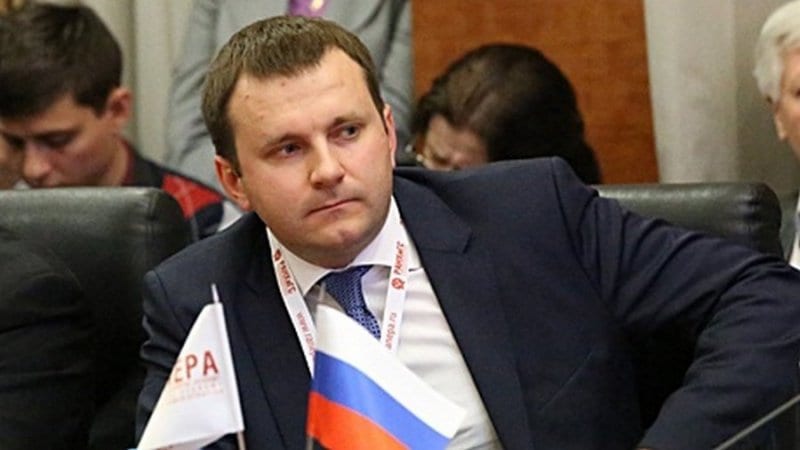A race to the bottom in oil prices may not have many winners, but Russia is certain it can survive. It’s less sure about hedge funds.
“We’re actually ready to live forever with the oil price at $40 or below,” Russian Economy Minister Maxim Oreshkin said in a Bloomberg Television interview at the St. Petersburg International Economic Forum on Thursday. “All macroeconomic policy is now based on the assumption of the oil price of $40.”
While the world’s biggest energy exporter has made clear its hunkering down for years of depressed oil prices, “forever” might be a slight exaggeration, according to the head of Russia’s second-largest bank. Still, “I fully agree with the minister that the oil price is no threat to the economy,” VTB Group Chief Executive Officer Andrey Kostin said during a panel on Friday.
As Russia’s future economic plans increasingly converge around crude at that level, Oreshkin says he’s baffled by a more bullish turn taken by hedge funds. Bets on rising West Texas Intermediate prices jumped the most this year just as Saudi Arabia and Russia were mustering support for the deal they struck in Vienna last month, U.S. Commodity Futures Trading Commission data show.
“The oil price within one or two years might be much lower, and those funds which are on the other side of the deals on hedging for one, for two years — they are taking huge risks,” Oreshkin said.
Hedge funds’ WTI net-long position — the difference between bets on a price rise and wagers on a drop — rose 20 percent in the week ended May 23, according to the CFTC. The number had plunged 50 percent in the previous four weeks. Net-long positions in benchmark Brent — which trades at a small premium to Russia’s Urals export blend — rose 17 percent, data from ICE Futures Europe showed.
Oreshkin questioned “the strategy of those hedge funds” that are striking deals with shale producers for one to two years. “Because the risks are there,” he said.
Near $50
Oil has lingered around $50 after the agreement by OPEC and its allies, including Russia, to prolong supply cuts for nine months disappointed some investors hoping for more. While U.S. stockpiles have edged lower, American production and drilling continues to climb.
Oreshkin’s bearish take on oil is widely shared among his colleagues. Bank of Russia First Deputy Governor Ksenia Yudaeva said last week that there’s “lots of uncertainty” in the outlook for crude.
“Our forecasts assume as highly likely that in the medium term the price can return to $40 a barrel,” Yudaeva said.
Oreshkin said Urals at $40 is the “key assumption” that now undergirds all economic policy in Russia, from its monetary stance to public finances. It’s the price used to calculate the country’s budget in 2017-2019 and to carry out foreign-exchange purchases as part of a fiscal mechanism implemented this year.
But it could be equally relevant for America’s shale industry even as companies there succeed at quickly reducing costs and improving productivity. The revolution in unconventional supplies like shale is “unstoppable” unless prices fall below $40 a barrel, according to Citigroup Inc.
Urals has averaged more than $51 a barrel in the first five months of the year. Russia needs it at $60 to run a balanced budget in 2017, according to Finance Minister Anton Siluanov.
“We see substantial risks for oil prices in the medium to longer term,” Oreshkin said. “We’ll do everything that’s possible to bring inventory levels to lower levels and make the market tighter on the short end of the curve.”



